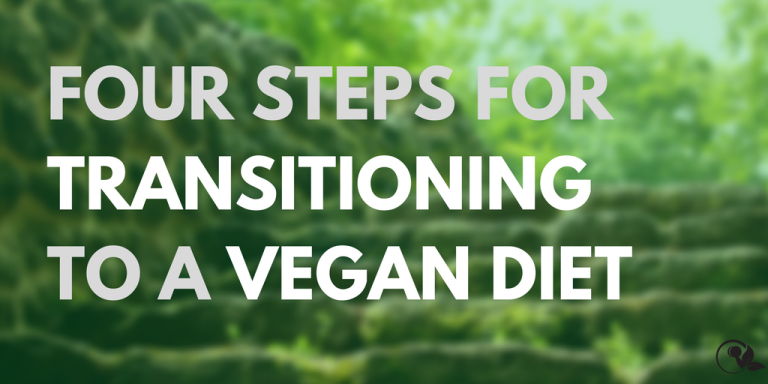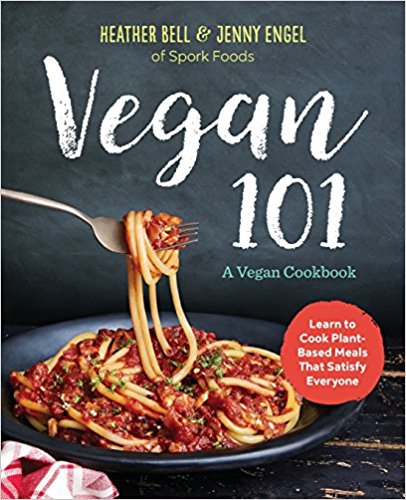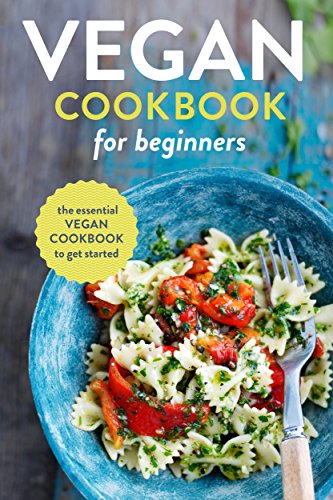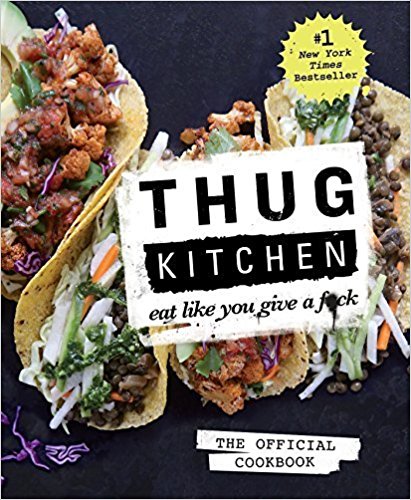Perhaps you’ve thought about it for a while and decided it’s time to try. Maybe it’s something you’ve always wanted to do but haven’t had the means to until now. It could just be you’re sick of eating animal products and want to make a change.
Or perhaps you just watched ‘Earthlings’.
Whatever the reason, switching to a vegan diet is a big change and can be overwhelming if you try to do everything at once. Instead of seeing veganism as one, huge challenge it’s better to take a step back and see each facet of the diet, and lifestyle, one step at a time.
Try to think of transitioning to veganism like a hike through nature. You don’t just rush through a hike but you stop, take in your surroundings, and enjoy the view (and maybe even take a selfie!).
Let’s look at some of these steps so we can get you on the pathway to success!
Step #1: Decide on your reason #
Motivation can only get you so far. There will be days where you want to quit and give up and its days like that were it’s important to remember why you wanted to be vegan in the first place.
Take some time to journal why you’ve decided to become vegan. Is it for health reasons? Ethical?
Whatever your reason, writing it down will help you remember the “why” when things get rough.
Your reason is yours #
If you’re looking for a reason to go vegan, know that the idea of just wanting to reduce your intake of animal products is enough. However, there are a lot of common reasons people go vegan.

For example I own two beagles; Molly and Betsie. They’re adopted but some beagles aren’t so lucky.
Believe it or not beagles are still tested on in the cosmetic and medical industry for products that don’t need animal testing. Beagle Freedom Project, a nonprofit that’s been on my radar for years, rescues beagles from these testing facilities and finds them loving homes.
One day I saw horrible photos of beagles being tested on and my heart broke. In that moment I asked myself: what’s the difference between my feelings regarding beagle testing and my eating meat?
The more I investigated the less attractive eating meat became.
Some people might switch because of health reasons, needing to reduce their red meat intake or salt intake due to heart problems. In the book Anticancer: A New Way of Life, David Seran-Schriber talks about how a diet high in fruits and vegetables can aide in cancer treatment and prevention.
You can also look and see if there’s a local farm sanctuary you can visit. Most of them rescue animals who were going to be killed for meat and just spending some time with them can help you understand the ethical side of veganism (the aversion to killing another living thing).
I also know one person who really can’t physically eat meat. Not only do they not like the taste, they end up feeling ill every time they eat meat.
Ultimately, your reason for becoming vegan is 100% personal and helps keep you on track.
Falling off the wagon #
You don’t learn how to ride a bike by getting it perfect on the first try. You’ll fall, you’ll wobble, but in the end cycling will become second nature to you.
Veganism will be the same.
It’s normal to accidentally buy something with animal products and there’s no use in beating yourself up for it. Take this experience and use it as a learning opportunity for the next time. Maybe you avoid that product or read labels of new products carefully before purchasing in the future.
Eventually you’ll build up a list of products you use daily and won’t have to worry about reading product labels. It’ll become a routine and occasional mistakes help prune and improve your list.
Accept that you will make mistakes.
Step #2: Research, research, research! #
You might be asking. “What more do I need to research? Veganism is just not eating animals, right?”
Yes and no. Veganism can also mean avoiding products tested on animals and there are some foods that may seem vegan but might have animal products in them.

I recommend Beagle Freedom Project’s Cruelty Cutter App where you can scan barcodes to see if they’re cruelty free. Also check out apps like Is It Vegan? and Barnivore.
Make sure to look up common mistakes new vegans make too. They’re a great way to learn, especially when someone’s written about theirs before you made yours! Look up supplements you may need (like vitamin B12) and consider meeting with a vegan-friendly registered dietitian for other ideas.
Always keep learning. There are a lot of great YouTube channels, Twitter accounts, and blogs (see below) dedicated to helping you find new vegan information.
Remember, “A wise man never knows all, only a fool knows everything” (African Proverb).
Most importantly: recipes! Because veganism isn’t about deprivation.
Look up vegan recipe blogs, create a Pinterest board for recipes you like, and start cultivating recipes you want to try! Make sure to save more than just elaborate meals that use a lot of ingredients, but recipes that are quick to make like salads, sandwiches, snacks, and smoothies.
This leads us to our third step:
Step #3: Start small #
You can approach becoming vegan from two ends: starting with products or meals.
Here are some examples starting from vegan products and moving towards vegan meals. Just reverse it if you rather work from the other end first. It’s all about what makes the most sense for your life!
Slowly begin to replace things like makeup, shampoo, and household products that test on animals.
Switch your dairy milk to a milk alternative- there are lots of them on the market now like soy, almond, cashew, even banana!
Try finding vegan breakfast recipes you like. Try oatmeal with soy milk, veggie sausages, or breakfast burritos with hummus and veggies instead!
Veganize your coffee order and your restaurant orders for when you go out and about.
Start using the recipes you found to make dinners and try out different recipes every week.
Use the leftovers for lunch the next day and you’ll have a full day of being vegan under your belt!
Start keeping your absolute favorite recipes and cook them more often.
Take as much time as you need to move from point to point – remember, this is a hike, not a race!
Step #4: Find Vegan Buddies #
Everywhere you turn online there’s a vegan waiting to make more friends. Don’t be afraid to reach out and connect with other vegans who can inspire, help, and just chat about what it’s like being vegan.
It helps to have friends who understand why you eat the way you do and who can share recipes with you if you ever get into a rut.
This also ties back into step #2 – research – because bouncing ideas off other vegans can help you decide what products to use, what meals to try, and good places to go out and eat!
Resources #
A good starting point and a website I like to visit is Reddit.com/r/vegan.
Twitter accounts I follow are:
- Unnatural Vegan
- Vegan
- Zesty Vegetarian
- TeenVGN (great if you have a teen who is interested in veganism)
- Beagle Freedom Project
- Ginny Kisch Messina
- Farm Sanctuary
Where to find friends:
- Use the “#vegan” tag on social media to find accounts of fellow vegans and interact.
- Use MeetUp.com to see if there are vegan groups in your area to visit.
- New Vegan Support on Facebook is a great resource for beginner vegans.
- Vegan Chat Room on Twitter has weekly chats on Tuesday, 7pm UK time and Thursday 8pm they have a recipe hour! To join you just need a Twitter account and to use the hashtag #veganhour and #veganrecipehour!
- Just searching “vegan” on Facebook will get you a lot of groups to choose from based on interests, location, and recipes!
Cookbooks:
You can also use Pinterest to find a ton of recipes to try!







